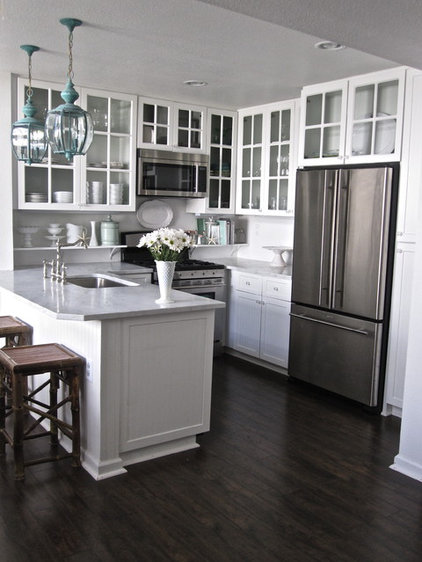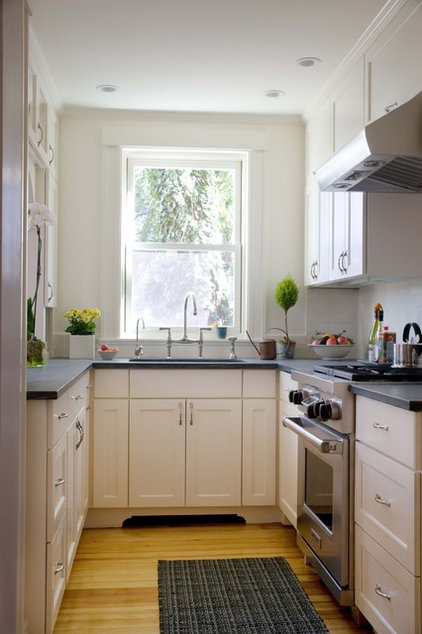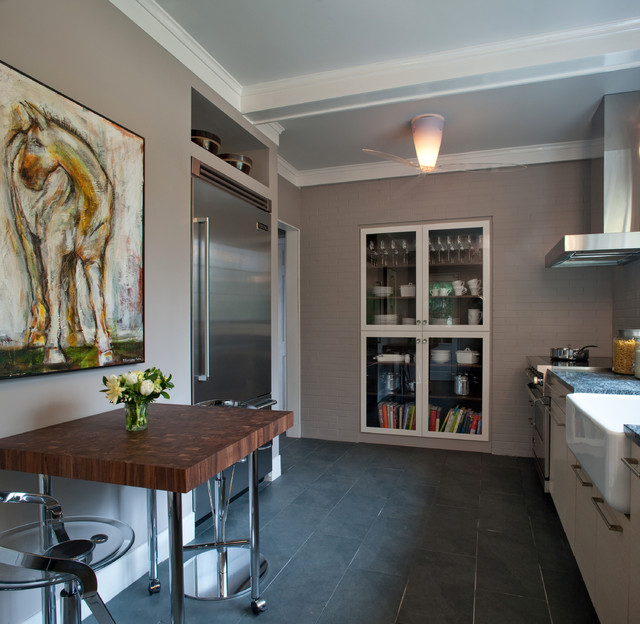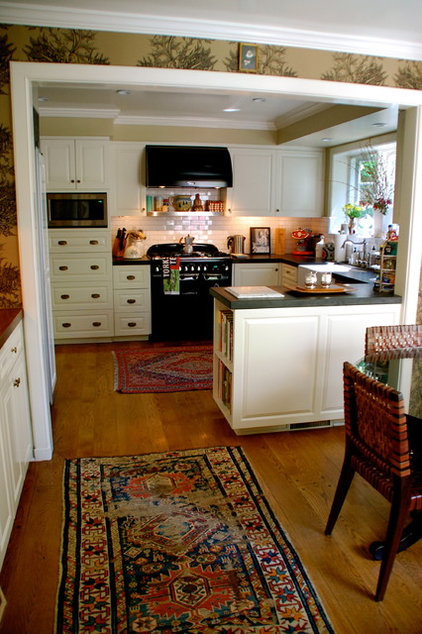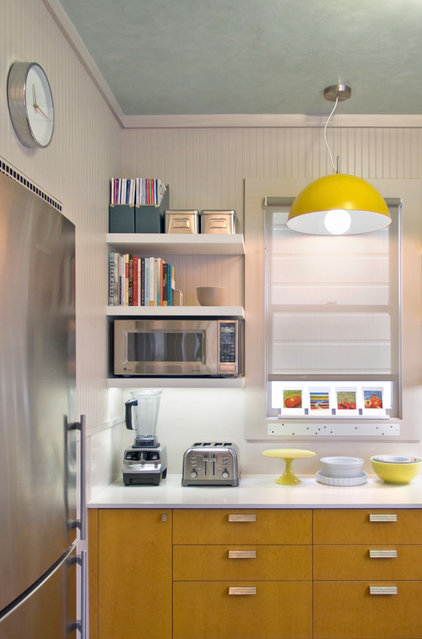PURCHASING A NEW BUILD
Thursday, April 11th, 2013If you are planning to purchase a new build. There are two types are mortgages available. Completion or Draw mortgage. A Completion mortgage is when builder does not require funds require funds until property is completed. Whereas, in terms of a Draw mortgage, the funds are advanced during the building process. The builder will advise which type is required and you simply advise your mortgage associate.
New builds require 6 to 12 months. In which, the mortgage with a one year rate holds will be required. Minimum down payment is 5%, which the builder will require as a deposit.
Borrowers qualify at time of purchase. Once your purchase contract is signed with the builder, you have roughly 10 days to work with a mortgage associate to get the financing approved. Within those 10 days, buyers will sign documents and provide supporting documentation for the lender to review.
It is important to note that the lender will recheck credit and employment before possession. So, ensure you don’t finance any large purchases since any changes in your circumstance could negatively affect your application and possibly disqualify you completely.
Aside, from the type of mortgage, builders may differ in their process including upgrades. In some cases the purchase contract will includes all upgrades at the time of purchase. So, the client will be required to decide on their upgrades upfront and the mortgage amount can be determined at time of approval.
Whereas, others the purchase contract simply outlines cost of the base model. Upgrades are to be chosen at a later date and a final price quote will be provided a month before completion. In this case, I will estimate the total cost of all upgrades and submit for a mortgage amount that is includes the estimate. When, the final price quote is received then the lender will re-adjust the mortgage amount to reflect actual amount.
Although, different builders may require different types of mortgages or the processes may vary. I can help you get the right mortgage and make your purchasing experience a breeze!
If you need clarification, don’t hesitate to contact me. I would be happy to explain further.






